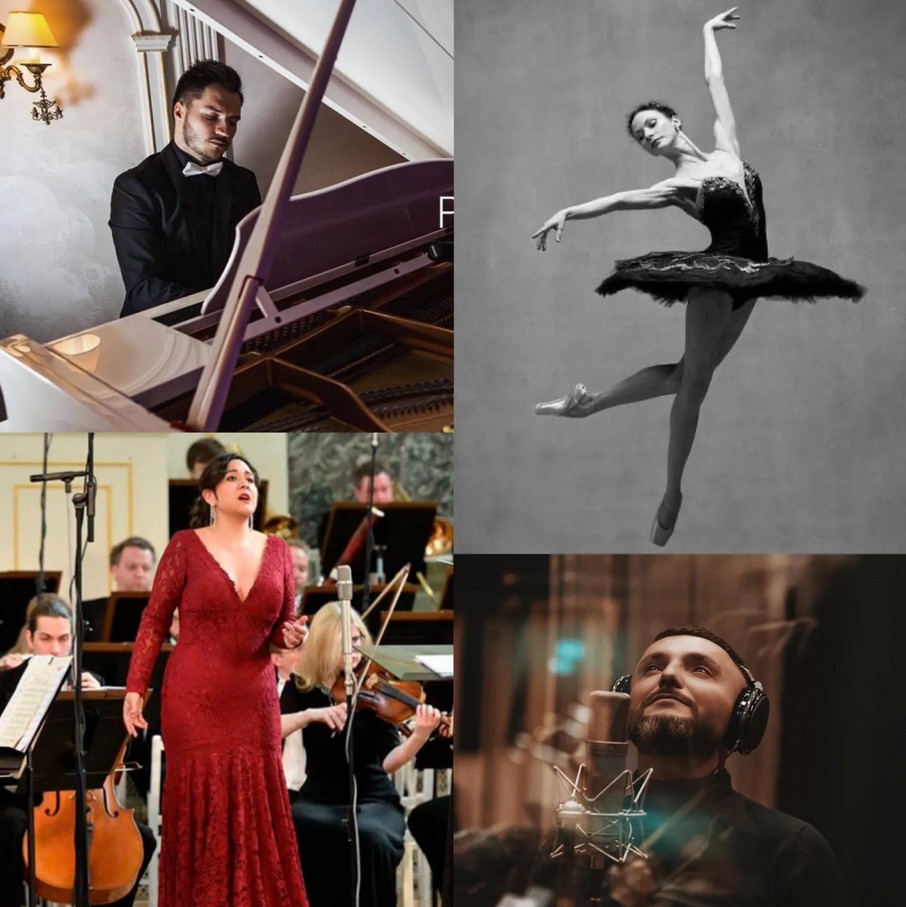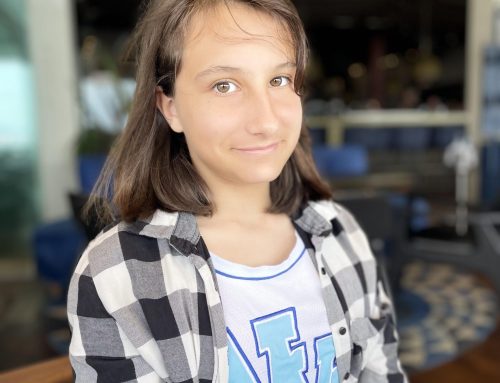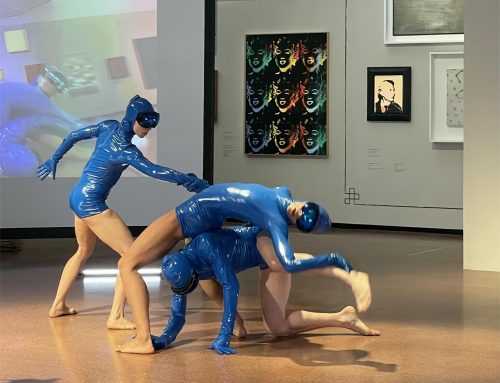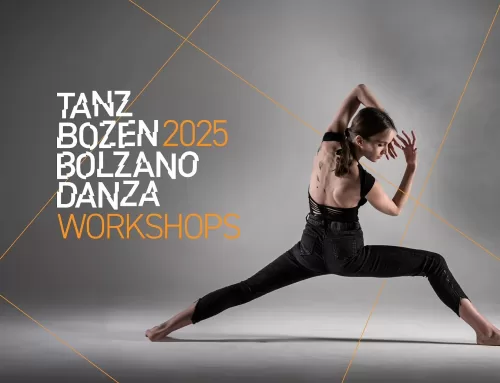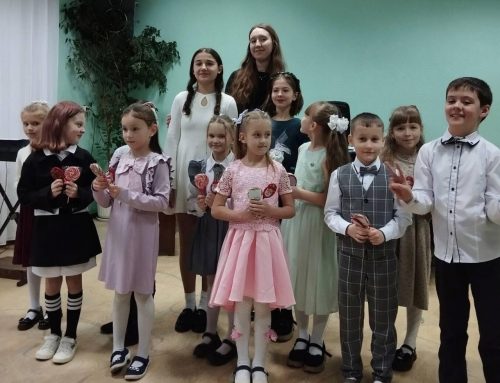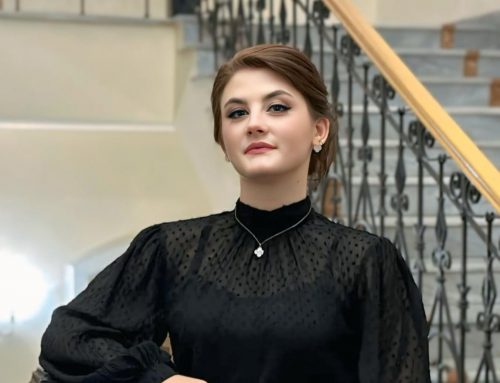Many celebrities have taken an active interest in the education of future generations by setting up foundations and scholarships to fund tuition fees. However, there are many ways in which one can make a difference in the fight for a better life, through donations & gifts, volunteer & fundraising opportunities, or by spreading the word.
In the digital age, a new trend has emerged: fueled by the connection between celebrities and fans on social media, young people can now directly contact their idols to receive contributions towards their ongoing education. Around the world, celebrities are increasingly tailoring their philanthropic efforts toward youth development.
@creative.fellowship initiative is honored to be a part of this trend and have the support of a number of celebrity ambassadors who voluntarily utilize their skills, talents, and voices to help to lower the ladder of opportunity for kids and young adults to grab ahold of.
Many of our celebrities themselves come from humble beginnings, and know firsthand how hard it can be to get a good start in life. By investing time in meeting our young talents and sharing stories, the ambassadors inspire creative fellows and motivate them to pursue their dreams further.
Adriana Gonzales, soprano from Guatemala
Despite growing up in a culture where there are few opportunities for opera, and having parents who envisioned her future as banker, the young artist wasn’t dissuaded from her true passion. Today, Adriana Gonzalez is one of the most prominent Guatemalan singers of her generation and the winner of many national and international awards. In recent years, she has performed on such grand stages as Opera de Paris, Opera Zürich, Gran Teatre del Liceu, Barcelona and many others.
Advising our young talents on developing their future careers, Adriana said:
The most important thing when you’re traveling from Guatemala to any other part of the world is to keep an open mind. Learn everything you can from absolutely everyone who crosses your path, even the people you don’t like sometimes!
Pol Solonar, neoclassical pianist from Ukraine
Coming from a small town in rural Ukraine, Pol Solonar did not imagine he would have the opportunity to showcase his talents on a global stage. But his music teacher always thought differently. Years later, Pol proved the provincial teacher correct by performing on every significant stage of his country and beyond. Today, Pol is the one of Ukraine’s most influential neoclassical pianists. He is also known for composing soundtracks for theater and film.
While meeting with creative fellows, Pol encouraged them to learn foreign languages and cultures:
Globalization gives us the opportunity to cooperate with professionals from other countries, connect with like-minded people, join multicultural creative collaborations and implement international projects. Learning foreign languages is extremely important in order to be able to express thoughts and communicate freely with people from every corner of the planet.
Vasil Garvanliev, singer, Eurovision 2021 participant from North Macedonia
Vasil began his singing career as a child star in the 1990s, but then at the peak of the Balkan wars, had to flee his home country to the United States as a refugee. As an immigrant child with imperfect English, he was often bullied by his new classmates. Singing was the voice that gave Vasil strength to resist and adapt to his new country. The same magical voice brought Vasil to the Chicago Children’s Choir. There he became a main soloist, debuted at Carnegie Hall, and even performed at the White House. Later, Vasil was awarded a full music scholarship in Toronto to The Glenn Gould School. There, he earned a performance diploma in Voice. In 2018, Garvanliev returned to his original passion of pursuing a pop career. In 2020, Vasil was due to represent North Macedonia with the song “You” in the Eurovision Song Contest in Rotterdam before the event was cancelled. In 2021, Vasil Garvanliev will represent North Macedonia in the contest with the song “Here I Stand“.
Getting together with the young talents is motivating for both sides. Vasil encouraged the children to believe in themselves, always be honest, continue to nurture and develop their talents, whilst the young talents shared their own expectations and dreams.
Reflecting on the Q&A session, Vasil Garvanliev said:
I had the pleasure to speak with very talented teenagers, to share my life, my experience, and little tips that have guided me throughout my musical journey, which has been for over 28 years now. It was such an honor to hear their stories and future plans, which confirmed to me that we’ll silence the hate with love, positive energy, music, and art.
Liudmila Konovalova, International principal dancer
Liudmila had a very humble beginning on her way to success. Expelled from the Bolshoi Academy, grieving the loss of her mother at the age of 15, the young ballerina and her little brother spent a few years in an orphanage. Continuing dancing did not seem a realistic career option. Fortunately, there have always been people who believed in Liudmila’s talent and were willing to help her reach the next level. “A touch of the hand of providence” as she calls it. Today, Konovalova has established herself as a star renowned for her technical and artistic skills in Vienna and is praised all over the world, making guest appearances throughout Europe, as well as in Latin America and Asia.
In her inspiring speech, Liudmila marked the importance of history, fine arts, and literature in dance, and advised young dancers to research the historical and storytelling backgrounds of the stories they learn to perform. The dancer also highlighted that even if a ballet is not based on a definitive story, exploring what inspired its choreographer, who enacted it first, and where it was originally staged can add a lot to the quality of the performance and development of its characters.
In case there is a story, of course I would read it… the book, the libretto, the story and the history around it, especially the time in which this specific story took place. All of this helps to better understand the choreographer’s “visions” of the story, of the role.

